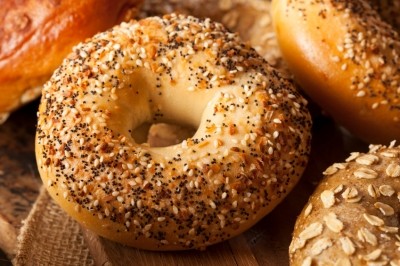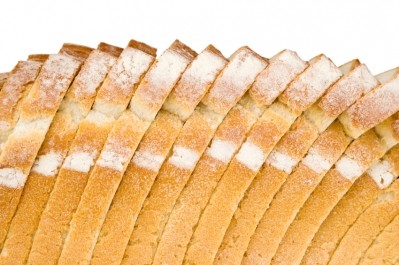Hovis and Kingsmill stuck in British bread ‘slugfest’, analyst

Deboo said Investec believed that Warburtons was the clear category leader in terms of product quality and production cost efficiencies, while Kingsmill (Allied Bakeries, Associated British Foods or ABF) and Hovis (Premier Foods) were involved in a “slugfest for the number two position”, with the latter disadvantaged due to ABF’s deeper pockets.
In the context of a broader discussion of Premier's beefed-up marketing budget, Deboo said of Hovis: “It’s a power brand for Premier, because I suspect it’s an acknowledgement of the fact that no-one else would buy it from them. In objective terms it’s very hard to see how they [Premier] can have a profitable future in bread.”
According to the latest market intelligence from Mintel, pre-packed bread dominated the bakery sector with sales of £1.931bn (€2.32bn) in 2011, cornering around two thirds of the market, but the research firm said that slight value growth of only 0.2% was due to customers switching to alternative bakery goods.
“Value sales of pre-packed bread were relatively flat over the period, but volumes continued to decline despite ongoing price promotions, which in turn offset the upward price pressure on prices from inflation to see stagnant growth in value sales,” Mintel said.
Sliding volume sales
Pre-packed bread has suffered a year-on-year fall in UK volume sales, according to Mintel’s statistics, from 1.493bn tonnes in 2006 to 1.337bn tonnes (estimated) in 2011.
“The three per cent decline in volume sales in 2011 against 2010 is likely to reflect the two percentage point fall in daily bread eaters in 2011, although the majority (63%) of consumers still eat bread once a day,” the company said.
Although white bread still dominates the sliced bread sector (£1.034bn sales: 2011) it suffered a 3% decline vis-à-vis 2010, Mintel noted, with consumers appearing to prioritise healthy variants (health-positioned loaves, dietary and half-and-half products) and other baked goods.
Brown bread saw a modest increase in market share (up 2% to £323m in 2010) while half-and-half had a strong 2011 (up 7% to £204m).
“That 53% of adults try to include plenty of fibre in their diet implies there is sizeable demand for healthier bread such as brown, with bits and half-and-half,” Mintel said.
Diet and weight-control bread was an emerging but niche market, the firm added, but it said the major brands had been striving to meet customer demand for healthier products: examples given included Warburton’s low-calorie wraps and flatbreads that hit the market in February 2011.
Healthier product demand
In November 2011, Hovis also relaunched its low-calorie Nimble brand with new packaging and marketing support, while WeightWatchers (in tandem with Warburtons) relaunched its entire portfolio early last year.
Elsewhere ‘morning goods’ increased their market share (2011: £447m, up 6%) thanks to strong growth in doughnuts (+40%) while the success of indulgent breakfast items such as brioches suggested that consumers were searching for more indulgent treats, Mintel said.
Within the fast-growing specialty breads sector bagels stood out with 48% growth in 2011, the company added, fuelled by the relaunch of the New York Bagel Company’s portfolio and wider interest in alternatives to bread.
But despite consumer preference for freshly baked bread over wrapped products, in-store bakery (ISB) sales rose by just over 2% to reach £510m, Mintel said, although this low growth was offset by morning good, “reported to be faring well”.
Positive consumer responses to ISB bread suggested unfulfilled potential in the category. To quote Mintel: “It appears the level of innovation among breads produced in ISBs is lacking the pace of the wrapped bread market where health is a driving force in NPD, so more dieter-targeted loaves could be produced on site.”











